I have been developing microcontrollers for over ten years, and STM32 is the most worry-free microcontroller I have ever used.
I have created at least over ten products using STM32.
In fact, it’s not just STM32; the STM8 series is also very stable.
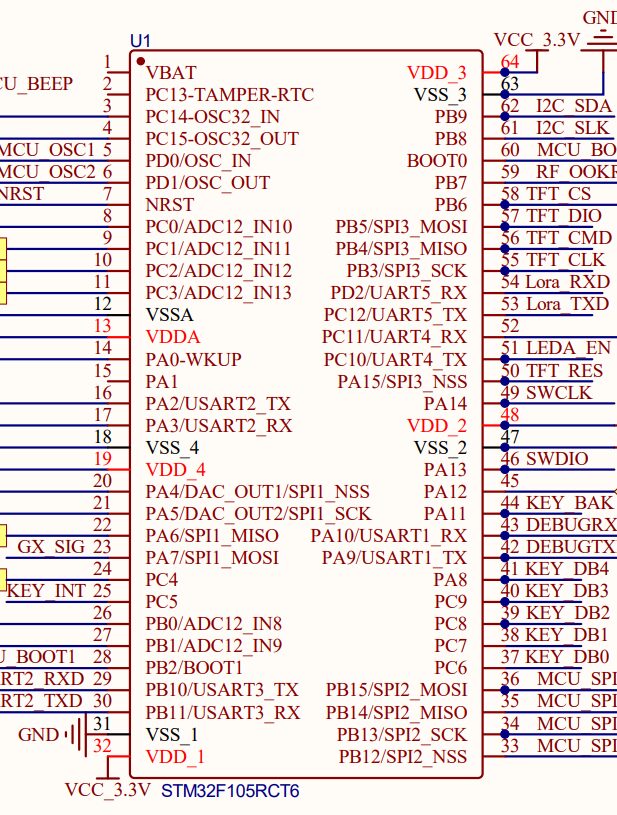
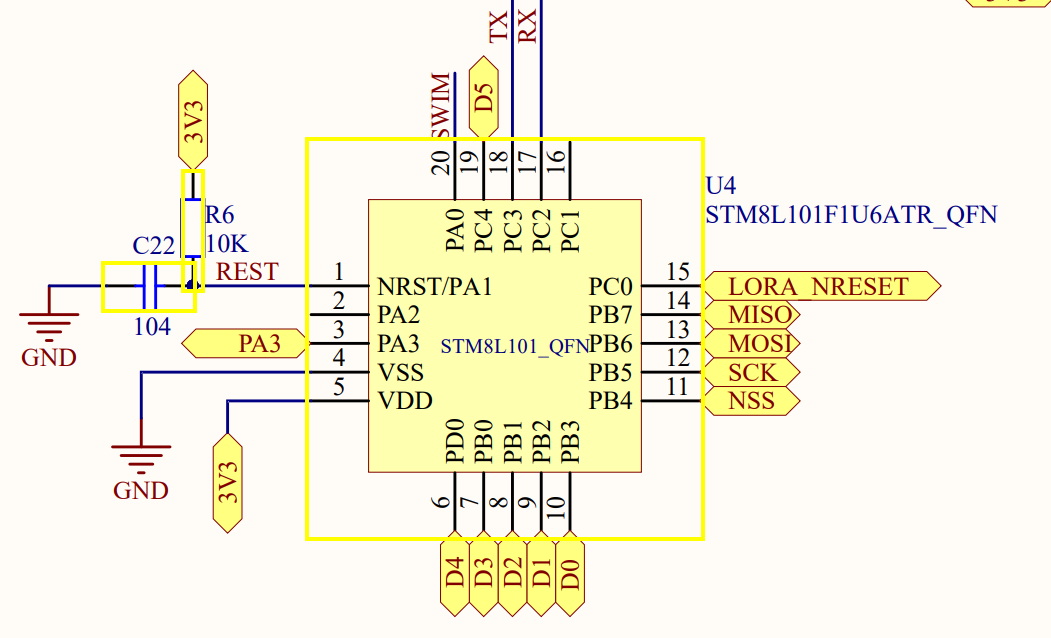
The first ARM core microcontroller I encountered was from NXP. After using STM32, NXP doesn’t seem appealing anymore, although it is also quite stable.
Previously, with NXP microcontrollers, you had to configure registers to use peripherals, which frightened many engineers.
If there are no peripheral examples provided, even experienced engineers can only blindly adjust based on their experience, and newcomers wouldn’t know where to start configuring registers.
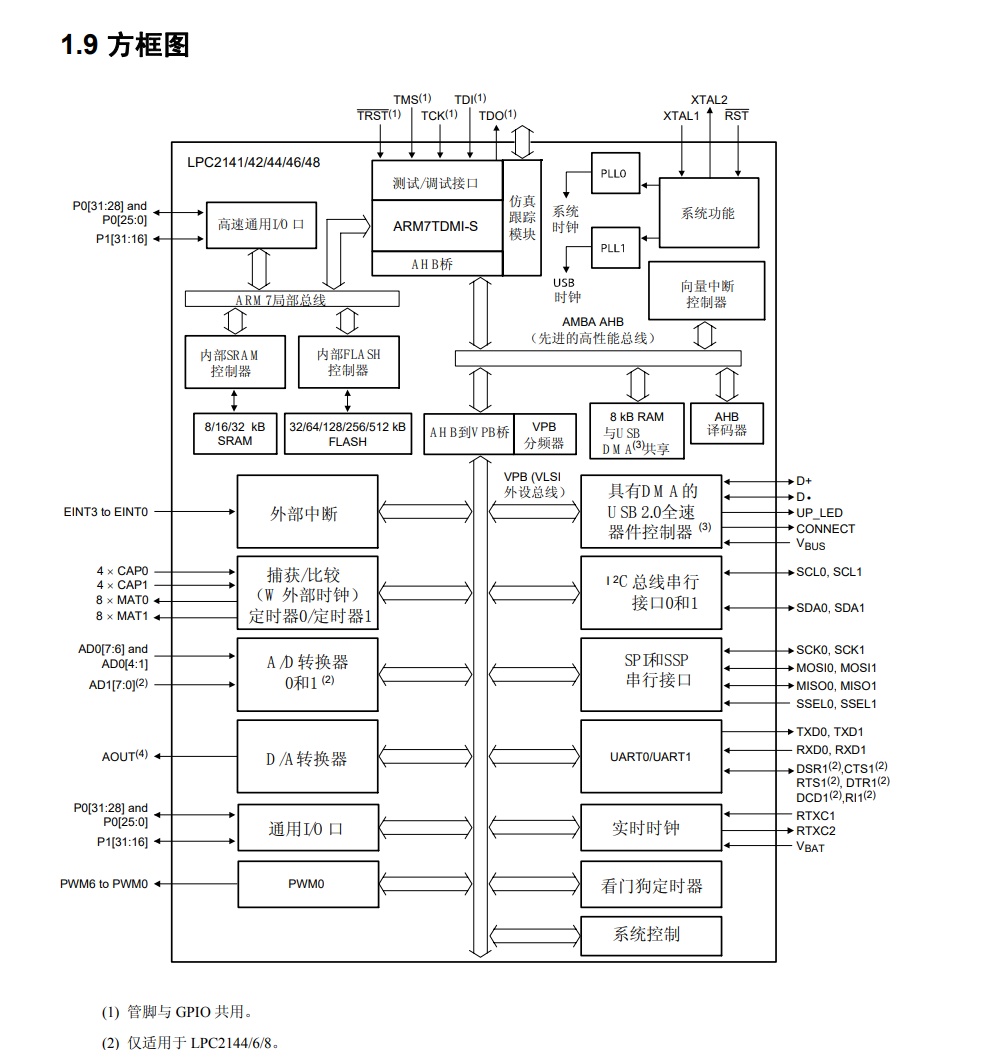
Therefore, just getting the microcontroller peripherals to work has already wasted a third of the product development cycle.
Initially, I wasn’t used to STM32; mainly because I had to learn the firmware library, which can be quite daunting for those with a poor C language foundation.
Once you get used to it, it feels even simpler than using the 51 series.
Perhaps its stability and high cost-performance ratio have made STM32 the “internet celebrity MCU”.
After a wave of price increases, many domestic replacement MCUs have appeared on the market.
It’s exaggerated to say that not only are they PIN TO PIN compatible, but that you don’t even need to change the code.
However, some unscrupulous merchants remain consistent in their style, first trying to trap you, then slowly tormenting you.
Why specifically choose to replace STM32? I believe there are several aspects:
1. Market Demand
Capital seeks profit; wherever there is demand, there is money to be made. The MCU market is already quite large, and if digital transformation is the trend, the demand for MCUs will only increase.
2. Market Share and Recognition
Before so many replacement MCUs emerged, the cost-performance ratio of STM32 was still quite high, and I remember it being cheaper than NXP.
Moreover, it is stable in various environments and does not present strange issues, so there are numerous applications of STM32 across various industries.
3. Reducing Development Costs
There is a wealth of tutorials, materials, and libraries for STM32. Sometimes, when issues arise with replacement MCUs, you can use STM32 solutions.
4. Technical Accumulation and Innovation
Typically, when we imitate, we seek mature products that have been validated by the market. For MCUs, STM32 is quite suitable.
In the process of imitation, we are continuously accumulating technical experience, laying the groundwork for product innovation and differentiation.
In summary: The approach of Chinese companies imitating STM32 is a strategy for quick market entry, risk reduction, experience accumulation, and gradual realization of independent innovation.
What different opinions do you have? Feel free to discuss in the comments!
— End —
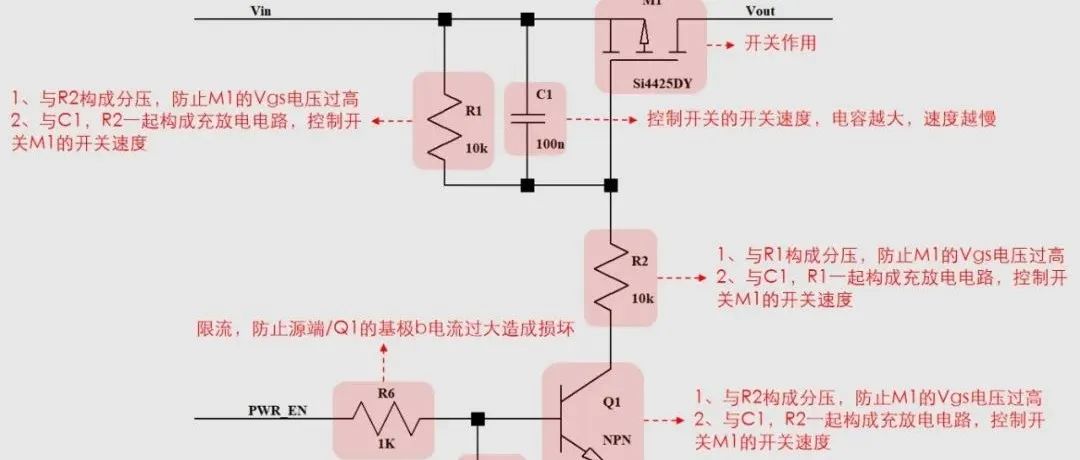
Must-read for hardware engineers: Common PMOS switch circuit issues!
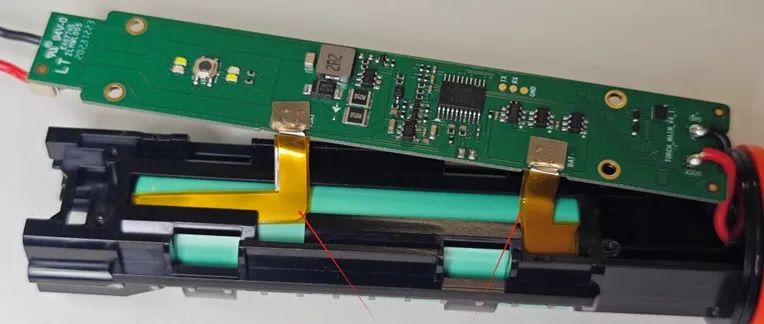
Disassembling the multifunctional flashlight that comes with the Xiaomi car SU7, is it worth 199 yuan?